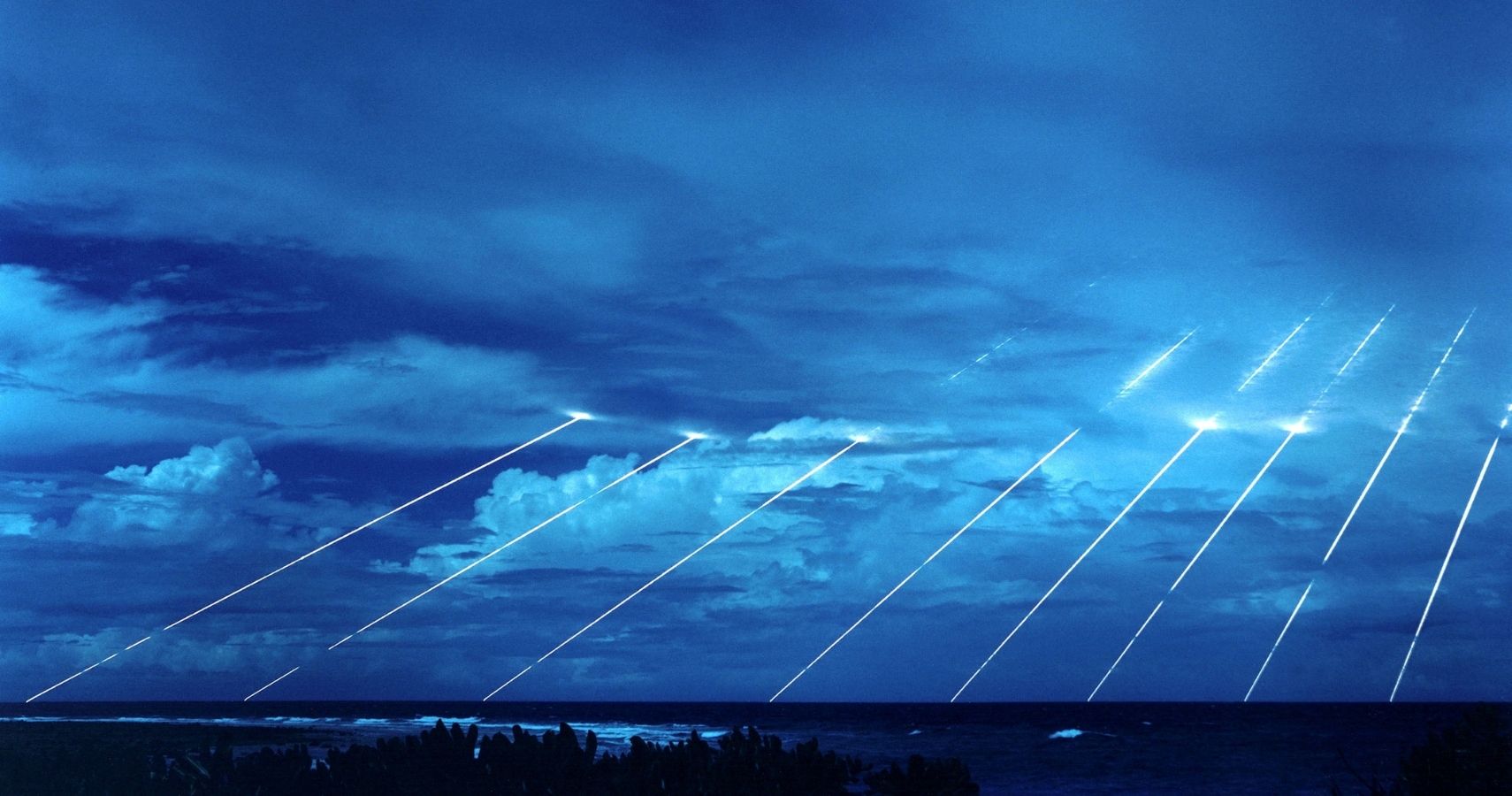
You are probably safe in a secure country – friendly neighbours and a military might, even allies, so nobody would dare to attack you, your pets and your city. Before, the Cold War was a time of uncertainty for those in developed nations – it was considered a realistic possibility for another world war engulfing every nation, ‘collateral’ an acceptable military term, and the technologies to follow would provide strategic destructive capabilities beyond mere unguided bombs. There is the remote probability, however, that a limited conflict could escalate and somehow affect your relatively isolated bubble, but how would it do so? Today’s warfare in a fully fledged theatre looks radically different – it’s much less soldiers with firearms and artillery, it’s closer to complex missile systems electronically guided to your doorstep from over the shore or the depths of a nondescript ocean. Drones, radars and satellites as computerized machines all changed the practice of war: it’s able to be conducted from distance, rapidly performed and precisely directed.
We will explore the deadliest missiles that could obliterate you in ‘countervalue targeting’ or perhaps as a deliberate assassination with you as a ‘high-value target’ – military acronyms are sure nice as euphemisms to soften the crude, cruel nature inherent to any ‘art’ of war.
The Tomahawk
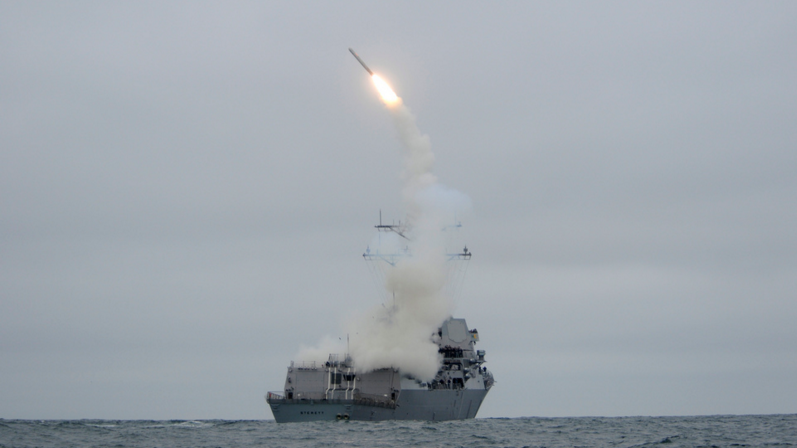
The cruise missile is not destructive as Scud missile equipped with chemical payloads or a M69 incendiary cluster bomb containing napalm, but the precision and tenacity of the Tomahawk is notorious – it traverses any weather conditions to a computerized target at distances of up to 2,500 kilometres away with subsonic speeds. These are typically fired from cruiser or destroy class ships who’re able to reposition anywhere to effectively engage – they do not need inland entrenchment or air superiority to deliver full capabilities. Although hypersonic cruise missiles are in development such as the BrahMos-II, none have been tested operationally to be proven and the Tomahawk remains the battle-tested option for a focused strike on defence installations easily as sailing towards any shoreline. Combined with aerial bombardments on infrastructure as strategic bombing as demonstrated in the Iraq War, cruise missiles are effective in unison to achieve the ‘shock and awe’ doctrine to overwhelm any perception of a safe battlefield.
The Trident
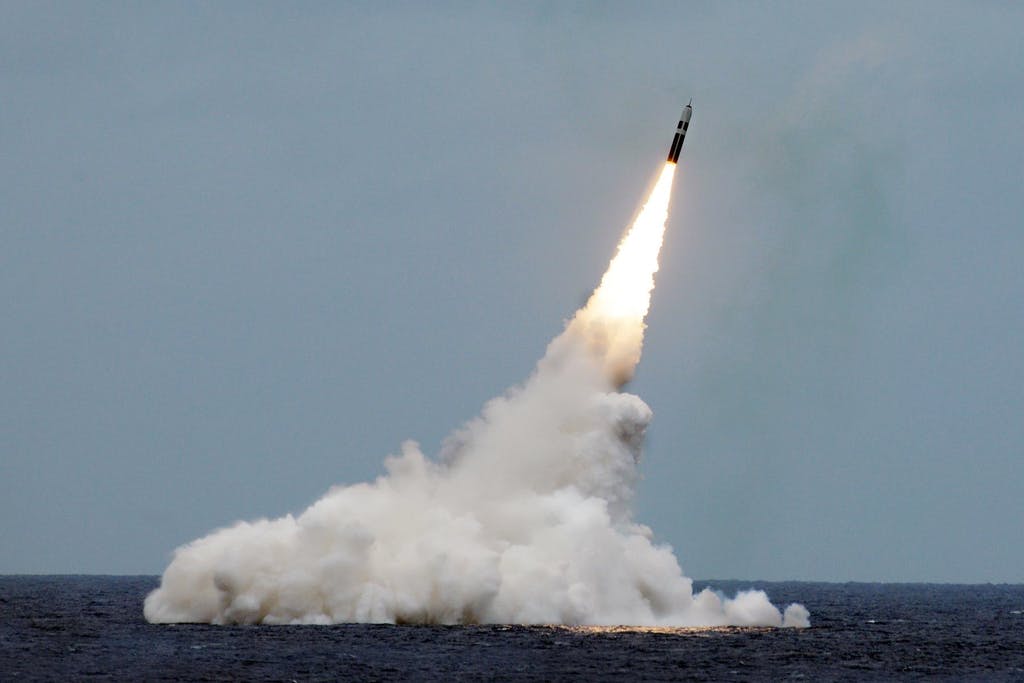
A submarine-launched ballistic missile (SLBM) fielded by both the USA and the UK, these thermonuclear warheads are from mobile and concealed positioned to be anywhere along the ocean until ready to fire en masse with warheads that will split into fragments close to the destination (MIRV). Interception is difficult when a missile is underwater – tracking submarines is exceptionally difficult and even require extremely low frequencies to contact. The destruction reigned from nuclear warheads cannot be understated and these insidiously launched kind cannot be predicted to be pre-emptively prevented – cities will be in ruins, radiation will spoil the land and the people nearby surviving evaporation will decay to poisoning. The Trident II D5 as the latest version carries 475 kilotons of TNT in each missile that splits into five – that’s close to 2.5 megatons as about 175 times the power of the atomic bomb at Hiroshima. The design is so any missile defence is circumvented and these therefore act as the ultimate doom for the inevitability as they approach. This discreet option would be perfect for an abrupt launch close to objectives for counterforce targets (hard military value), eradicating command and control of any military leadership decisively as a decapitation strike. Compared to the LGM-30 Minuteman that’s stationed inside silos as standard, the Trident system is much more flexible to be an unpredictable asset and therefore superior.
DF-17
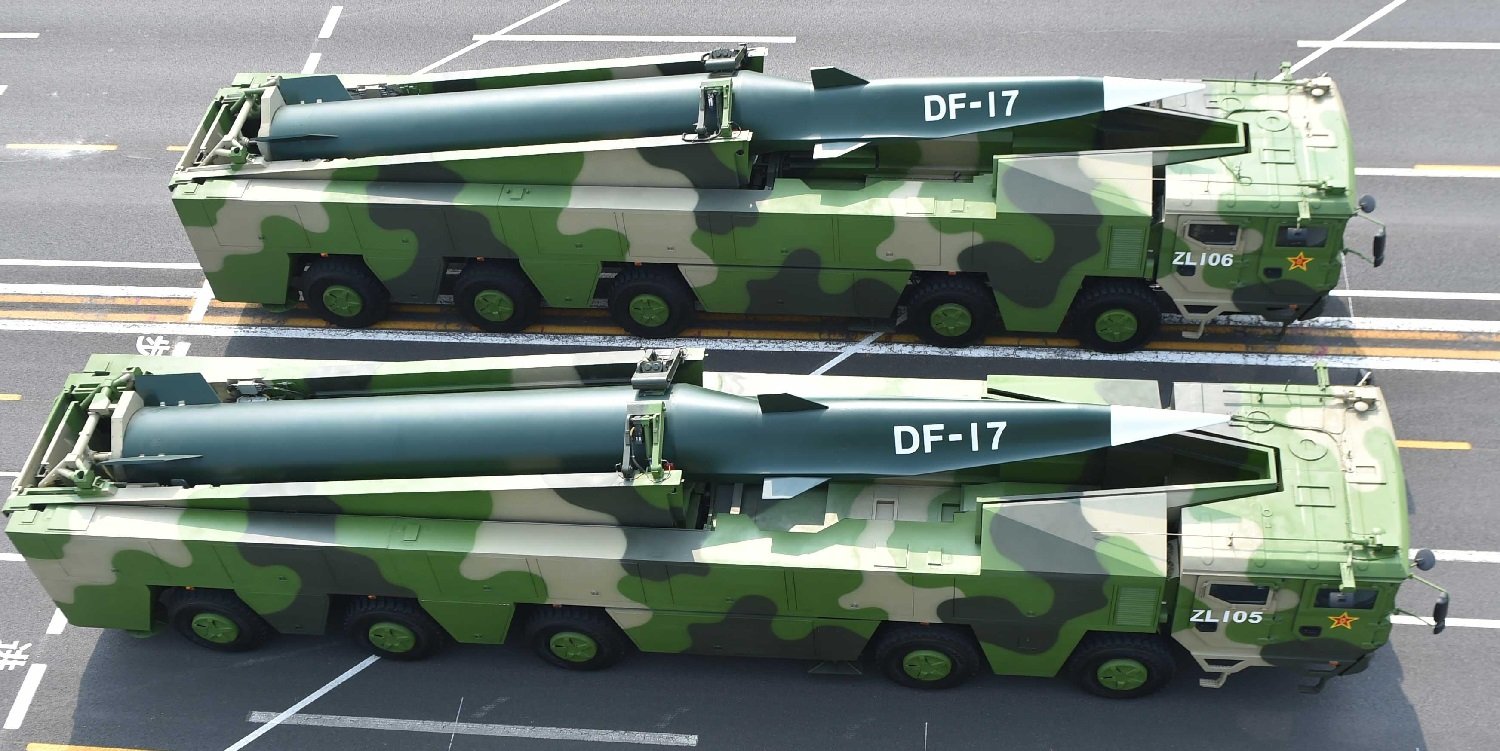
China’s Rocket Force’s Dongfeng-17 has the potential to be terrifying for the innovated delivery system – a hypersonic glide vehicle (HGV) codenamed ‘DF-ZF’ that bounce along the high upper atmosphere to reorbit the Earth at tremendous speeds proving impossible for anti-ballistic missile interception. With a final entry achieving speeds of Mach 10 (7,680 mph), and an unpredictable ballistic trajectory complicating any tracking countermeasures, this is a missile that’s envisaged to accompany a deadly deployment that current technology fails to effectively manage – railguns and energy weapons are in rudimentary development. Any strike would be sudden, unavoidable and destructive – nuclear weapons are enough to cause a cataclysm on level to a thousand carpet bomb sorties. Further details are highly classified, but we may extrapolate the DF-17 as terrifying.
The Petrel
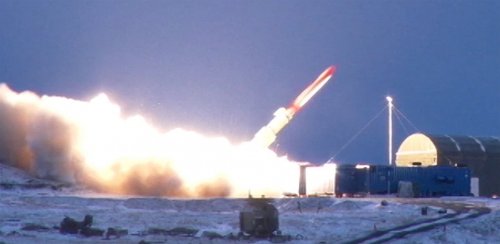
Russia’s 9M730 Burevestnik is a revolution to cruise missile design similar to the ‘The Poseidon’ as an autonomous submarine carrying nuclear torpedo – it is a missile upgraded to be nuclear-armed to amplify a conventional payload into tremendous force. An intriguing design attribute, however, is the nuclear propulsion that drastically increases range to be the first intercontinental cruise missile – withstanding any disasters from the unstable nuclear power mechanism that doubles radioactive danger of it. It’s another innovation to overcome any missile defence as an initiative to alter ‘strategic balance’ central to mutual deterrence – the arms race being reinitiated as sabre-rattling jingoism. Although precise specifications are scarce as predictably classified from the autocratic regime, and hyperbolic exaggeration is expected in posturing, Russia’s recent developments in autonomous vehicles and laser weaponry have proven their defence industry is productive as ever.
The Hellfire
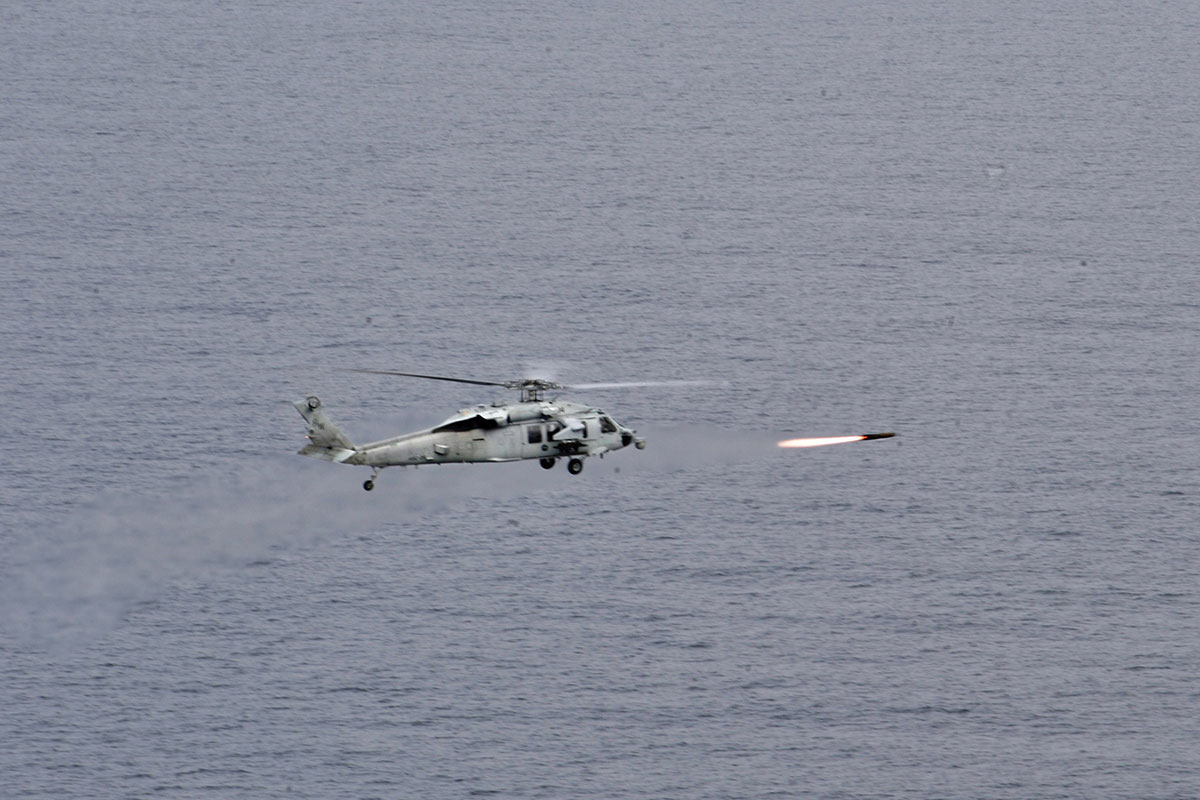
The AGM-114 Hellfire – originally designed as an anti-tank weapon, currently actively in service as the ‘Hellfire II’ variant – has evolved into the most feared weapon of terrorists worldwide for assassination of high-value targets and not armour or infrastructure. Delivering a 100lb payload of explosives, and considered for obliterating Osama Bin Laden, it has much higher certainty of damage over a mere 35mm cannon on chain guns. These are attached to unmanned aerial vehicles, such as the notorious MQ-1 Predator along with Reaper, to vaporize anybody in an compact attack to minimize collateral while secure at a high altitude of a drone with the controller far away, no pilot occupant, in a disconnected manner resembling the missile itself. It may circle in the clouds as a vague buzzing noise until it commits to an attack based on intelligence – there’s little chance ot escape a stalking drone above that’s adaptive to any movement or evasion. While it’s more commonly in the AH-64 Apache’s versatile armament, it is a cost effective, safe and reliable method to eliminate target(s) incisively as a simple loadout to a military drone. It is an air-to-ground system (AGMS) with multi-target ability and diverse lethality from how it may be multipurpose in customization for varied targets- bunkers, armour and structures. Missile guidance varies from semi-active laser to pinpoint to even forget-and-forget – both consistent over alternate examples such as anti-radiation or wire-guided .
More Lists:
Confessions of a Serial Killer is a 1985 American horror thriller, written and directed by Mark Blair. Surprisingly, the film is the only writer/director credit to Mark’s name, never venturing…
I first saw Alejandro Jodorowsky’s surreal, bildungsroman film, Santa Sangre, in 1989 on VHS tape. Watching it was like watching a slasher about a killer with a twisted Oedipal Complex…
Born in 1946, Hideshi Hino stands out as a prominent Japanese horror artist, dedicating the majority of his life to conjuring various nightmares for his audience. Regrettably, in the Western…
Panorama of Hell is a 1984 Japanese horror one-shot manga, written and illustrated by Hideshi Hino. Known as a master horror mangaka, Hino is most notable as the writer/illustrator for…
Hey Mike Flanagan, we’ve found your next big project! New indie horror authors are crawling out of the woodwork every week, and just like indie films, their products are hit…
Thine Ears Shall Bleed is a 2024 American period horror, written and directed by Ben Bigelow, with additional writing from William Bigelow. Previously working as writer and director of the…
Regarded by many as Japan’s answer to Brigitte Bardot — both for her glamorousness and vaguely European looks (she wasn’t actually mixed-race) — Mari Atsumi became one of Japanese…
Well-known in the extreme cinema community, Brian Paulin is a writer/director/editor/actor/key make-up effects artist for the film production company Morbid Visions in addition to playing guitar, drums, and singing for…
In today’s world of flashy graphics and CGI, audiences have become immune to fantastical horror, pushing some writers to create content to test our boundaries with the extreme. In The…
The femme fatale is one of the most compelling and enduring archetypes in film history, captivating audiences with their blend of beauty, mystery, and danger. These enigmatic women are uniquely…
Some say the countdown begun when the first man spoke, others say it started at the Atomic Age. It’s the Doomsday Clock and we are each a variable to it.
Welcome to Carcosa where Godot lies! Surreality and satire are I.
I put the a(tom)ic into the major bomb. Tom’s the name!